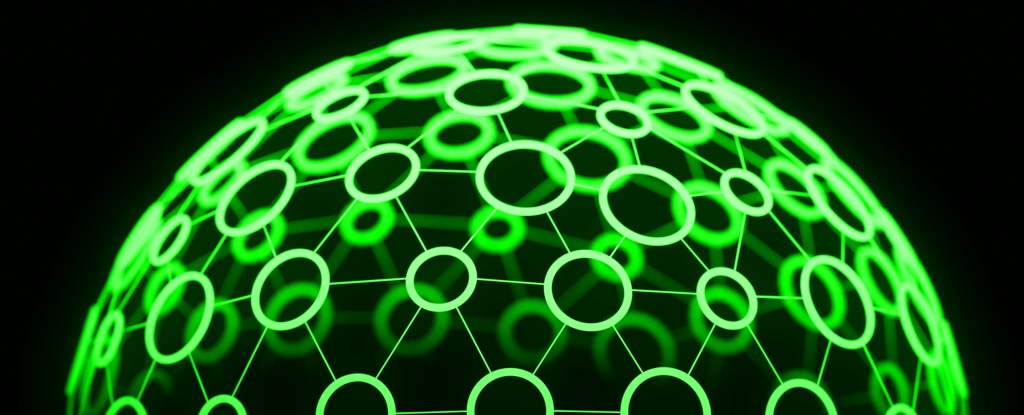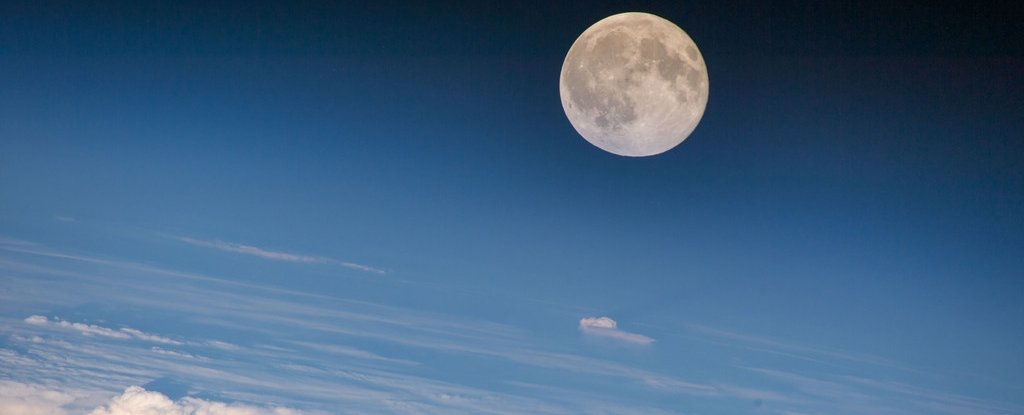Fiber optic cables stretch across oceans and snake underground to service our communications systems, and scientists think this vast network of infrastructure could be used for another purpose: observing the Earth’s surface from below.
In particular, the 1.2 million kilometers (more than 745,000 miles) of existing fiber optic cable could be combined with satellites and other remote sensing instruments to monitor the entire globe in real time.
Storms and earthquakes could be tracked this way, the team behind the idea suggest, as could ships and whales navigating the seas. The network could even be used to detect broken pipelines.
“This could be a groundbreaking global observatory for ocean-earth sciences,” says geophysicist Martin Landrøfrom the Norwegian University of Science and Technology (NTNU).
Monitoring would be through the acoustic detection capabilities of fiber optic cables. Any bends in the wiring caused by sound waves or actual waves can be detected and interpreted to measure movement.
This was demonstrated by some of the same team last year the pursuit of whales across the Arctic. Over the course of 44 days in 2020, scientists were able to detect more than 800 whale vocalizations through a 120-kilometer underwater cable. They also spotted a large storm 13,000 kilometers away.
This is all made possible by a setup known as Distributed acoustic detection (DAS) and a device called the Interrogator. The interrogator sends a pulse of light through the fiber optic cable, which then detects and precisely measures each bend.
“It’s been around for a long time, this technology”, says Landro. “But it’s made a big step forward in the last five years.”
“Now we can use it to monitor and measure acoustic signals over distances of up to 100 to 200 kilometers. So that’s the new thing.”
There are limitations: the results produced by the system contain a lot of noise, and this means that it is more difficult to detect signals than, for example, with seismometer. This is where other sensor devices like satellites come in to add additional context.
This is a technology that is constantly updated to. At the moment, the DAS interrogators are unable to “see” into the past. components in the fiber optic cables used to extend signals, but researchers are working hard to overcome this limitation.
And the team also wants to emphasize that its global observation network would act as a complement to other systems, not a replacement. Because this wiring is so extensive, the potential number of finds could be huge.
“The DAS sensing and whale watching experiment demonstrates a whole new use of this type of fiber optic infrastructure, leading to excellent, unique science,” says Landro.
The research was published in Scientific Reports.





